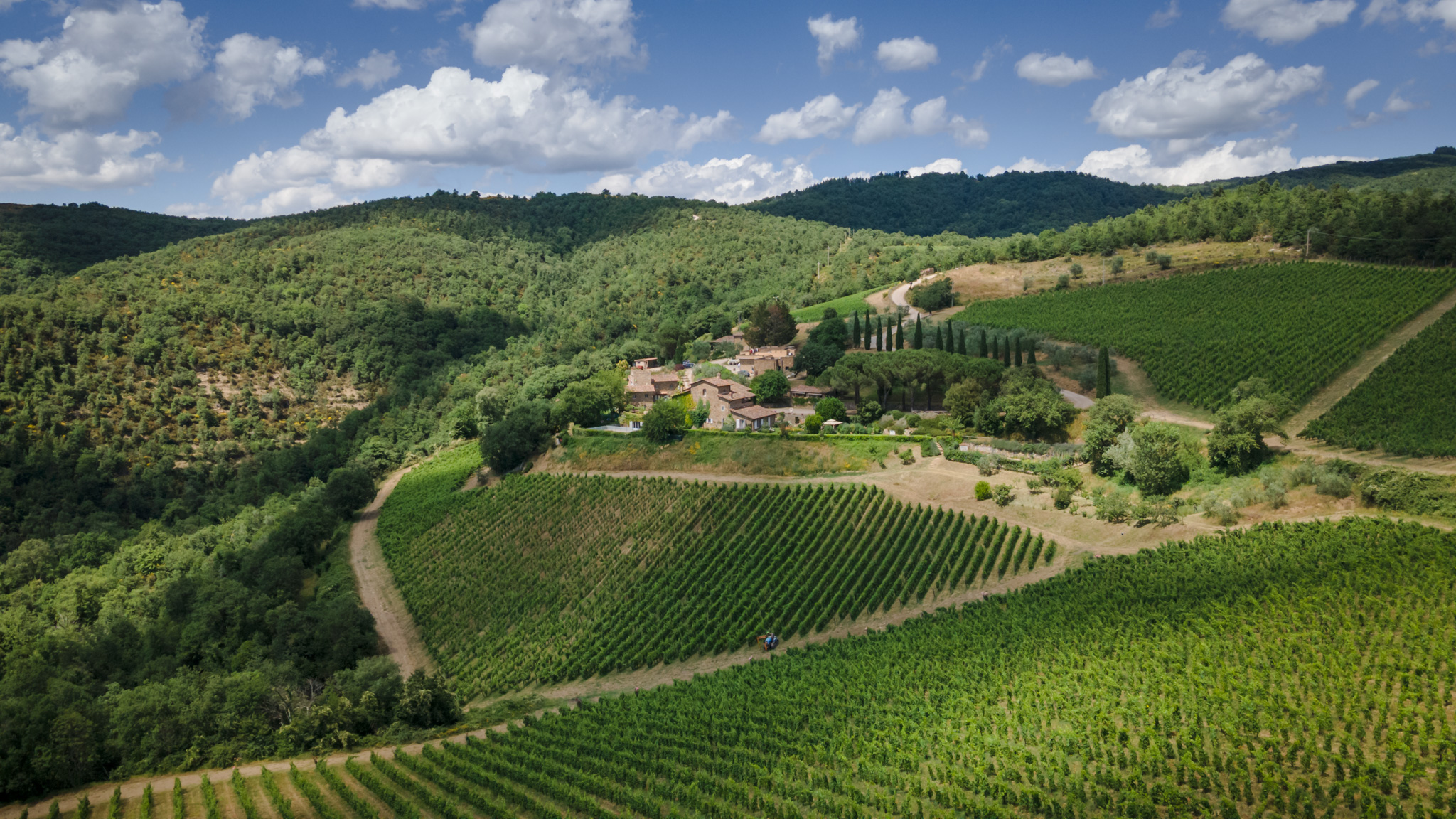
One of the questions we are most frequently asked during our educational tours or at our tastings is: “What is the age of your vineyards?”
The question that immediately comes up obiviusosly is:
” When is a vineyard considered old in order to produce? And in case, as for those producers who produce wines from “old vines”, is it really worth?”
Therefore, in this article we will try to shed some light on this subject.
Uncork a good Sangiovese, pour yourself a glass and get comfortable, we are about to start.
Let’s get started with the Old Vines Experience.
First of all, what do we really mean by “old vineyard”?
Old vines are usually defined as those ranging from 40 to 80 years of age, and in some cases even much older.
However, there is a small clarification to be made – it often happens in Italy that vines which are just 25 years old are also explanted.
Therefore the meaning of “old vineyard” sometimes changes.
This probably also depends on the single vineyard examined.
What do we mean by this statement?
Well, simply there are vineyards which “survive” time better than others.
And, as we already said before, there are others that, partly because of the decision of the viticulturist and partly because of a real necessity, will have to be removed earlier or, as it is happening lately, a new balance will have to be found for them.
There are in fact agronomists who are getting more and more specialized in rebalancing vineyards as time goes by.
Vineyard and Vine Life Cycle
However let’s now try to understand what is the life cycle of a vineyard
Usually the life cycle of a vineyard is described in the following way
For a period of 1 to 3 years the vine is obviously unproductive; up to the fifth/seventh year the productivity increases (variables are determined by the type of vine); up to the twenty-fifth year the productivity finds a certain constancy.
From that moment on it decreases, in reaction to the variety, to the breeding system and to the way the vine has been treated during the years.
This does not mean the vine cannot always give great quality.
As we already said it really depends on the vineyard in question.
A look to the past
Moreover, we must absolutely make a very important clarification.
Pre phylloxera, when vine was not grafted on American vine, the vital cycle of plants was much longer, and could reach, and exceed, 100 years.
Practical differences between “Vigna Vecchia” and “Vigna Nuova
Each way the vines will produce higher quality grapes due to the constancy of nutrients and roots that sink deeper into the soil.
In addition, these vines, produce much more relevant wines from the point of view of terroir expression.
Grapes.
From a purely product point of view it is indisputable that old vineyards produce less but the quality of grapes is often higher.
Red berried grapes have a higher concentration of pigments such as anthocyanins, flavones and flavonoids.
As for white berried grapes, berries tend to get smaller and obviously we will have more sugars and aromas.
Wines are therefore structured and important that are also capable to age for a long time.
How can we guarantee constant results over time in terms of quality and indeed an increase in quality as years go by.
Obviously everything starts from the management of the vineyard, agronomical management must be done in a wise way.
We are talking about giving more and more importance and attention to pruning in order not to damage the plant.
Moreover making the vineyard work and “stressing” it at the right point is always the winning choice if it wants to produce quality year after year.
Let us know what you think about it in the comments section.






Leave a Reply